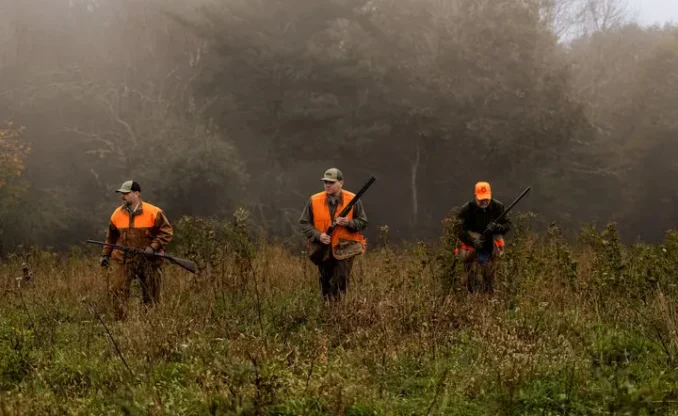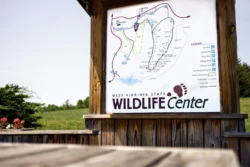How Well Do You Know State Animals?
Black bears. Brook trout. Northern cardinals. Western honeybees. Monarch butterflies. Timber rattlesnakes…
You’ve probably seen West Virginia’s state animals on postcards, t-shirts, calendars and other tokens celebrating our state. You may have even learned about them in school, but how well do you really know our state animals?
Take this West Virginia State Animal Trivia quiz to find out. Compete with friends and family and see who is the West Virginia animal trivia master.
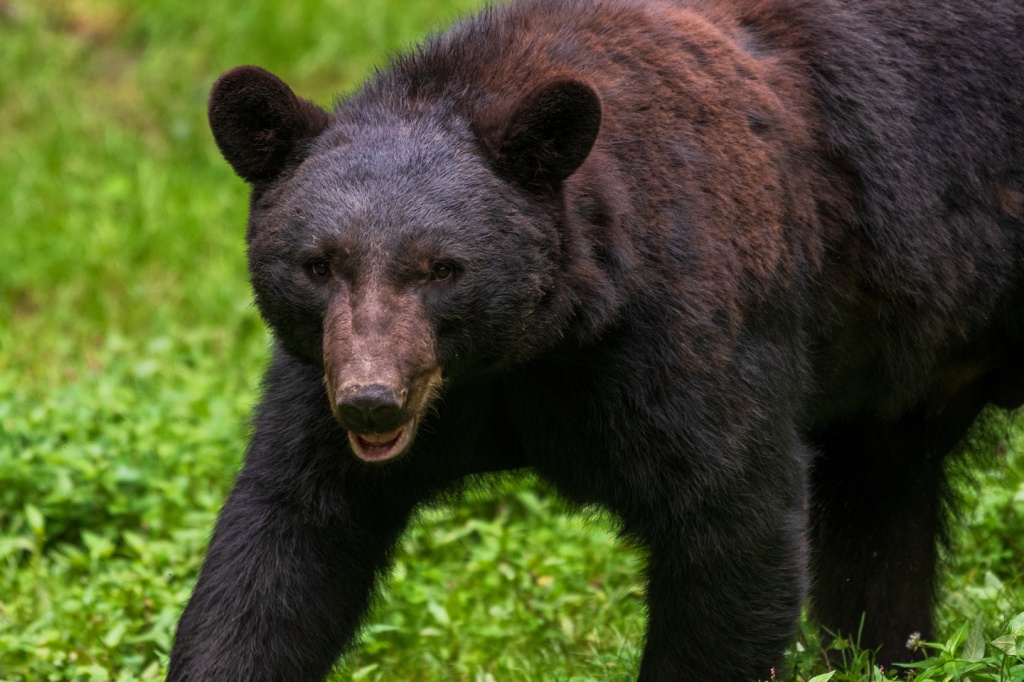
Black Bear
The black bear officially became the state animal in 1973. There are about 10,000 black bears in West Virginia today. While they can be found all over the state, they are most prevalent in a eastern counties, from Tucker to Greenbrier and Monroe.
Common Name: American black bear
Scientific Name: Ursus americanus
Size: 6 feet
Weight: 200 to 600 pounds
Became State Animal: 1973
1. Black bears are classified as what type of animal?
- Amphibian
- Reptile
- Mammal
2. Black bears eat honey, fruits, berries, salmon and other animals. That makes bears:
- Carnivores
- Omnivores
- Vegetarians
3. Black bears live in what region?
- North America
- South America
- The North Pole

Brook Trout
This cold-water sport fish is one of the most popular trout with anglers. Many say brook trout “embody the very essence of the Mountaineer spirit,” due to it living in the cool, spring-fed mountain streams.
Common Name: Brook trout
Scientific Name: Salvelinus fontinalis
Size: 10 to 20 inches
Weight: 6 pounds
Became State Fish: 1973
1. What feature makes the brook trout a vertebrate:
- Gills
- Backone
- Fins
2. The brook trout is a species of freshwater fish in the same family as:
- Salmon
- Tuna
- Sharks
3. Brook trout is the only trout species native to what region?
- The Gulf Stream
- West Virginia streams
- The Ohio River
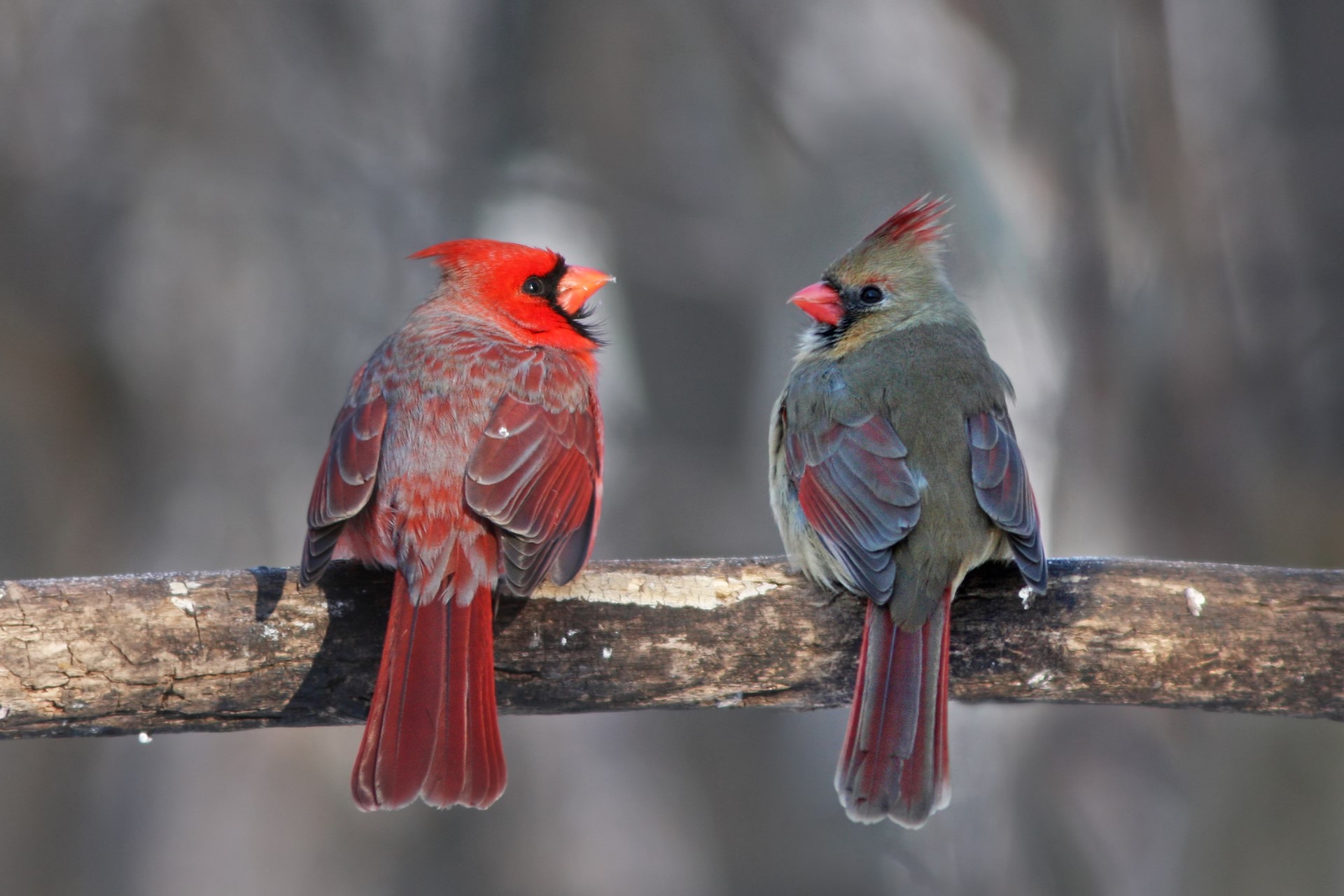
Northern Cardinal
One of the most popular backyard birds, Northern cardinals can be seen in forests and residential areas in every county in West Virginia. Males are known for their bright red plumage and distinctive crests on their heads, while females are brown with red-tinged crest, wings and tail. Both male and female cardinals sing and pairs mate for life.
Common Name: Northern cardinal
Scientific Name: Cardinalis cardinalis
Size: 8-9 inches
Weight: 1.5 to 1.8 ounces
Became State Bird: 1949
1. Northern cardinals can live for how long?
- 1 year
- 3 years
- 15 years
2. During winter, Northern cardinals typically do what?
- Fly to South America
- Do not migrate
- Hibernate
3. The diet of the Northern cardinal usually includes what food sources?
- Nectar from perennial flowers
- Seeds, grains, fruits and insects
- Red beetles, which give them their color
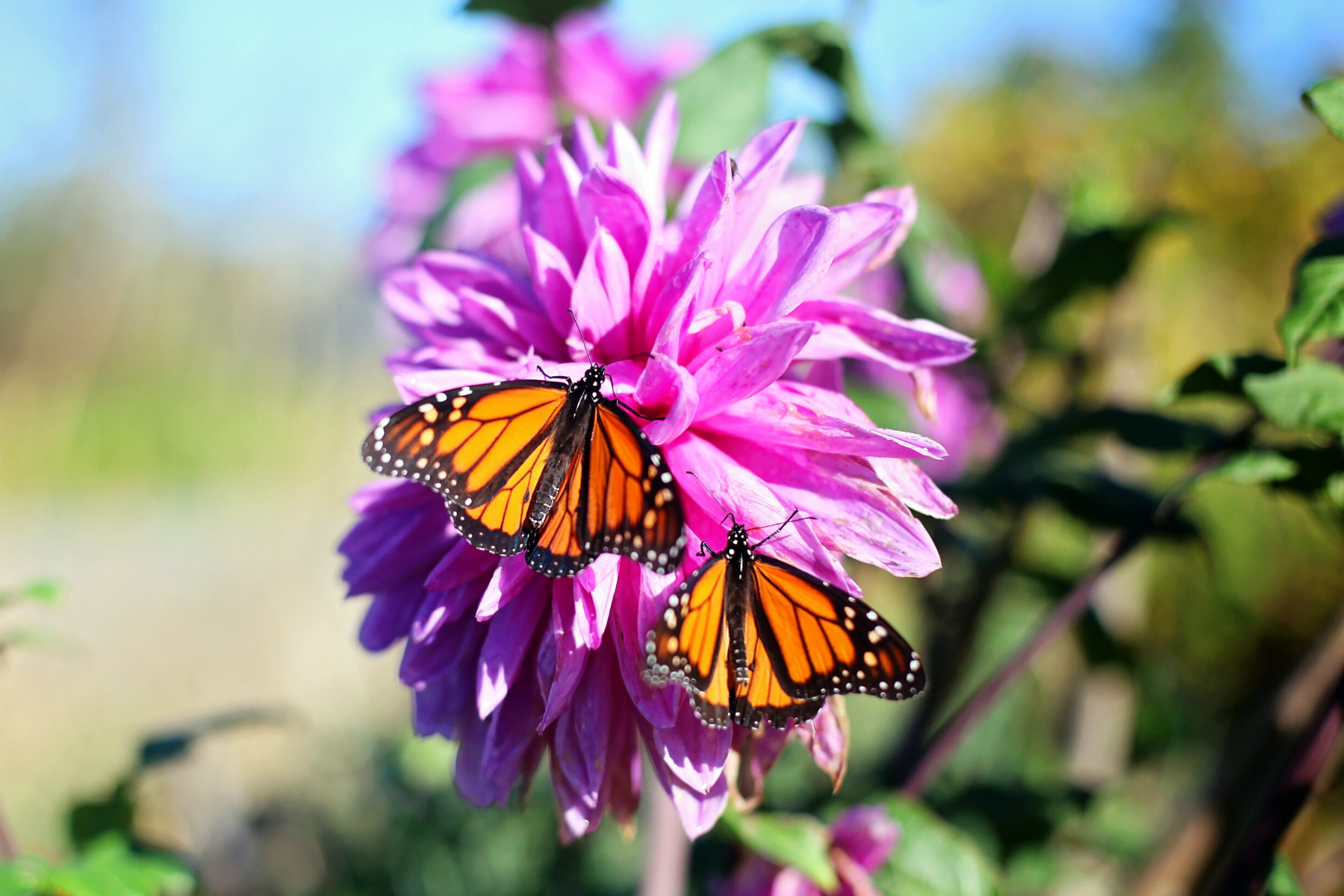
Monarch Butterfly
While there are 130 species of butterflies in West Virginia, the monarch butterfly reigns supreme. These butterflies follow incredible migration routes, from West Virginia to Mexico.
Common Name: Monarch butterfly
Scientific Name: Danaus plexippus
Size: 3 to 4 inches
Weight: 0.27 to 0.74 ounces
Became State Butterfly: 1995
1. You can recognize monarch butterfly caterpillars by what feature?
- They look like adult buttlerflies
- They Have yellow, white and black stripes
- They are royal blue, which is why they’re called “monarchs”
2. Monarch caterpillars eat only what food source?
- Milkweed
- Insects
- Ants
3. Monarch butterflies are endangered because what environmental effect?
- Changes in farming practices
- Milkweed habitat has been destroyed
- Climate change
- All of the above

Western Honeybee
In addition to making flavorful honey, the honeybee can be found buzzing all around the state pollinating crops, including fruits, vegetables and grasses.
Common Name: Western honeybee
Scientific Name: Apis mellifera
Size: 0.4 to 0.6 inches
Weight: 0.11 grams
Became State Insect: 2002
1. The honeybee species is the world’s single most important what?
- Agricultural pollinator
- Agricultural guardians against weevils
- Source of antidote against bee sting venom
2. Honeybees live in which of the following environments?
- Colonies
- Lifelong mated pairs
- Family groups, with each family having its own mother and siblings
3. How do honeybees communicate?
- Telepathy
- Dance
- Buzz Songs

Timber Rattlesnake
Timber Rattlesnakes can be found on open, rocky ledges and in dense woodlands during the summer, and are often under rocks and in caverns during the winter. Although venomous, these snakes generally will not strike unless they feel threatened. The timber rattlesnake is the only rattlesnake species found in West Virginia.
Common Name: Timber rattlesnake
Scientific Name: Crotalus horridus
Size: 36 to 60 inches
Weight: 1 to 3 pounds
Became State Reptile: 2008
1. A timber rattlesnake shakes its rattle at the end of its tail to do what?
- Send a warning to predators when it feels threatened
- Signal its location to mates
- Lure curious prey to investigate the sound so it can strike
2. Timber rattlesnakes are what class of animal?
- Amphibians
- Reptiles
- Mammals
3. Timber rattlesnake mothers do what with their offspring?
- Hold their eggs in their mouth until they hatch
- Hatch their eggs inside their body and then give live birth to baby snakes
- Divide their cells to create new offspring
Think you know all the answers?
Click here to download the answer sheet and see how you did.
And don’t forget to follow us on Facebook, Twitter and Instagram for more wildlife facts and activities.

